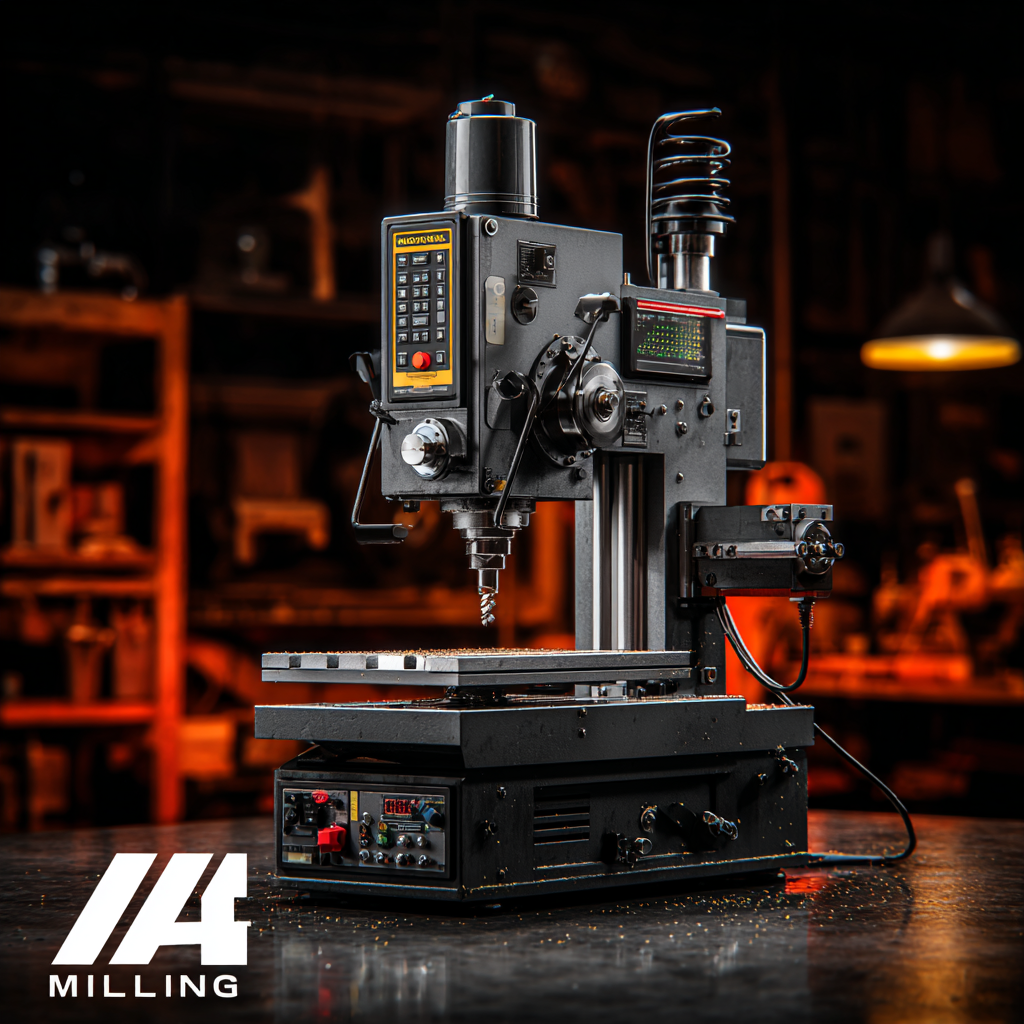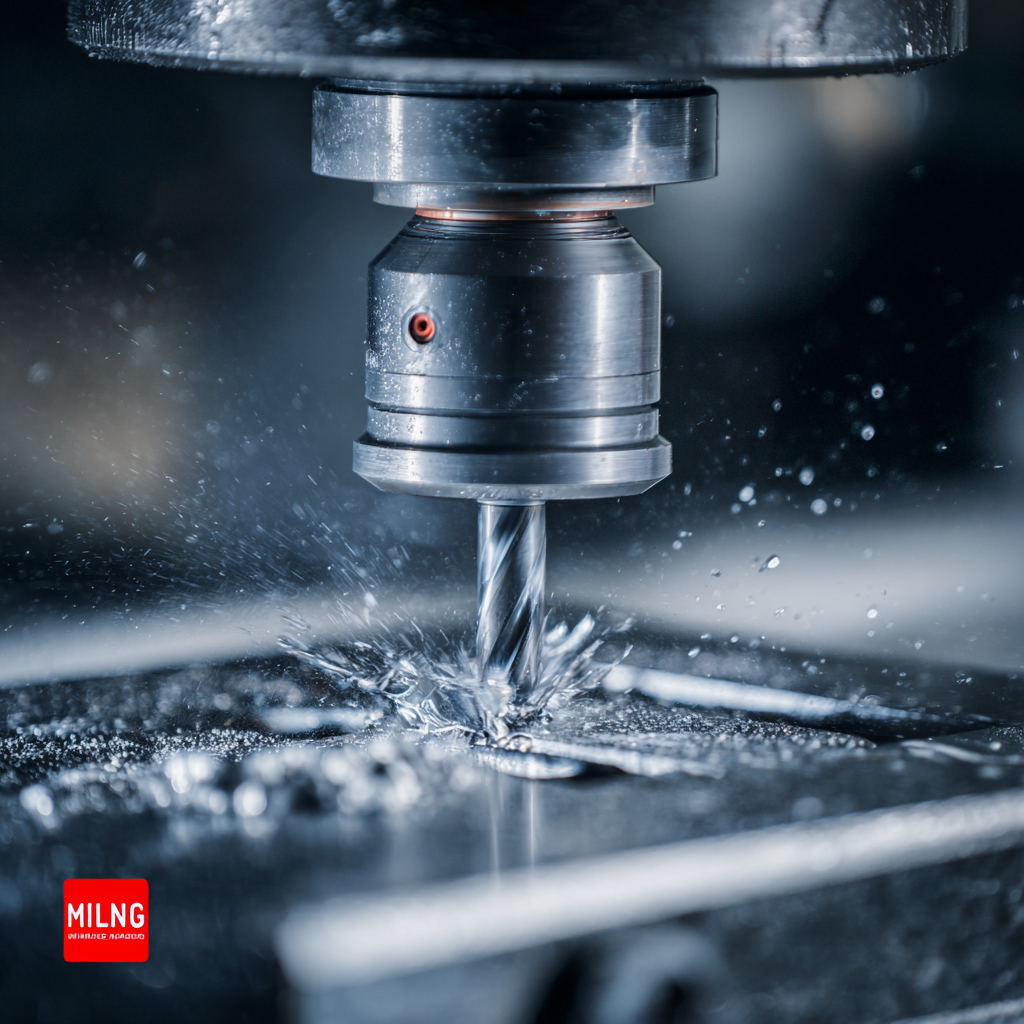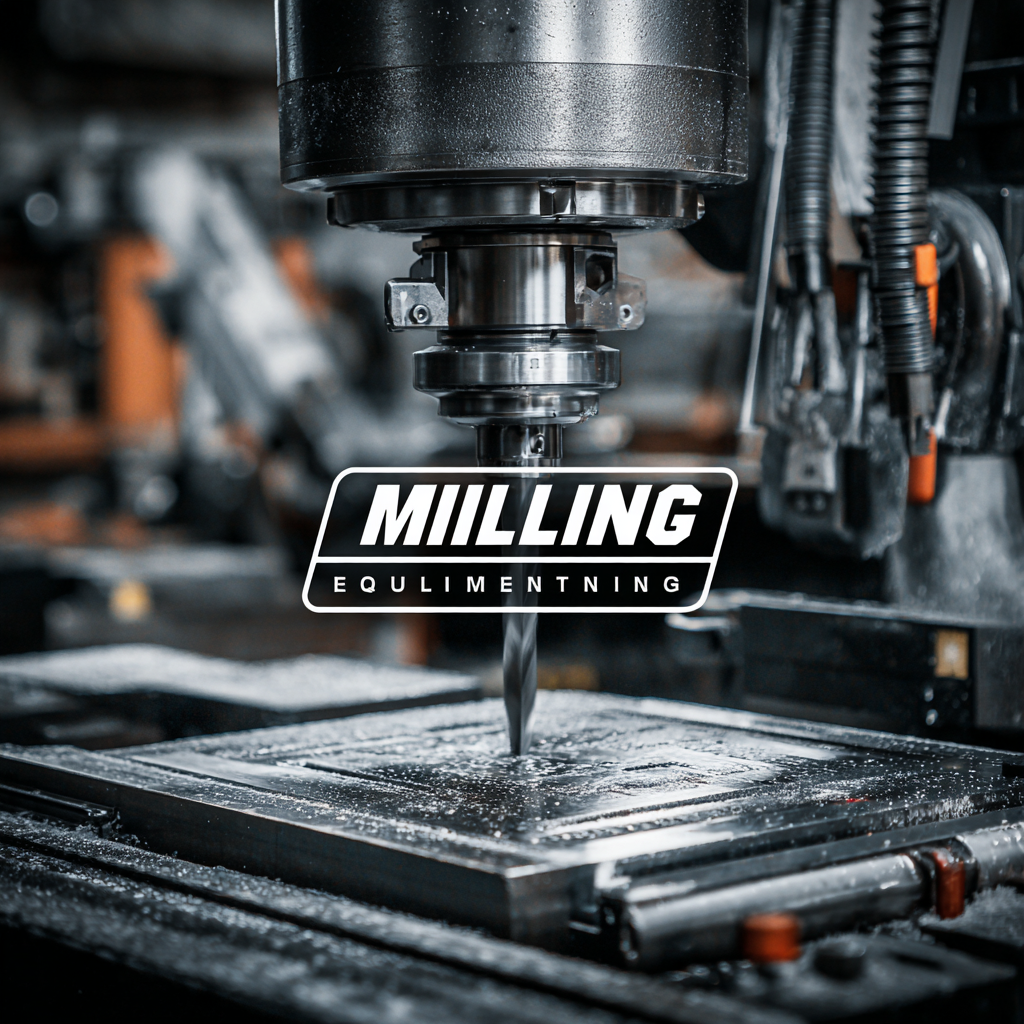How to Choose the Best Milling Equipment for Your Business in the 2025 Global Market
 As we approach the global market landscape of 2025, the milling equipment sector stands at the forefront of technological advancement and economic opportunity. According to a recent report by Markets and Markets, the global milling equipment market is $8.5 billion by 2025, growing at a CAGR of 6.3% from 2020. This upward trajectory is driven by increasing demand for processed food products and the continuous expansion of the agricultural sector, particularly in emerging economies. Chinese manufacturers, known for their innovative designs and cutting-edge technology, have established a substantial footprint worldwide, exporting their milling solutions to a diverse range of industries. As businesses navigate this competitive environment, selecting the right milling equipment becomes crucial for ensuring efficiency, cost-effectiveness, and sustainability.
As we approach the global market landscape of 2025, the milling equipment sector stands at the forefront of technological advancement and economic opportunity. According to a recent report by Markets and Markets, the global milling equipment market is $8.5 billion by 2025, growing at a CAGR of 6.3% from 2020. This upward trajectory is driven by increasing demand for processed food products and the continuous expansion of the agricultural sector, particularly in emerging economies. Chinese manufacturers, known for their innovative designs and cutting-edge technology, have established a substantial footprint worldwide, exporting their milling solutions to a diverse range of industries. As businesses navigate this competitive environment, selecting the right milling equipment becomes crucial for ensuring efficiency, cost-effectiveness, and sustainability.
Understanding the Different Types of Milling Equipment and Their Applications for 2025
Selecting the right milling equipment is crucial for businesses aiming to thrive in the competitive landscape of the 2025 global market. Understanding the diverse types of milling equipment and their applications can significantly influence operational efficiency and product quality. For instance, ball mills are well-regarded for their versatility in synthesizing and modifying nanomaterials, while planetary ball mills offer enhanced energy transfer for more complex materials. End milling machines also play a vital role in precision machining tasks, expected to see significant market growth in the coming years.

Tips: When choosing milling equipment, consider your specific production needs and material types. Assess not only the initial investment but also the long-term operational costs, maintenance requirements, and the potential for technological upgrades. Additionally, evaluate the supplier’s reputation and support services to ensure reliable performance and assistance when needed. By prioritizing these factors, businesses can make informed decisions that align with their strategic goals in the evolving marketplace.
Key Factors Influencing Milling Equipment Selection in the Global Market
When selecting milling equipment for your business in the 2025 global market, several key factors must be considered to ensure optimal performance and competitiveness. Notably, the global sheet metal processing equipment market is on track to expand from $35.51 billion in 2025 to $61.78 billion by 2032, indicating a robust growth potential. Understanding the latest technologies and trends within this sector is crucial for making informed decisions.
Tips for Selection:
- Assess the specific needs of your operations—different materials and production scales may require different milling solutions.
- Consider the technological advancements, as innovations in automation and efficiency can greatly impact productivity.
Additionally, in specialized markets such as rice milling machinery, a projected growth to $9.70 billion by 2034, with a CAGR of 3.83%, highlights the importance of investing in equipment that meets evolving industry standards. The integration of advanced features can lead to significant operational enhancements.
Tips for Selection:
- Evaluate the long-term benefits of investing in high-efficiency machines that align with sustainability goals.
- Stay informed about competitor strategies, especially as countries like China emerge as leaders in innovation within advanced industries. This awareness can guide your procurement strategy effectively.
Comparative Analysis of Cost-Effectiveness Across Milling Equipment Types
When selecting milling equipment for your business, a comparative analysis of cost-effectiveness across various types is essential for informed decision-making. The market in 2025 is expected to present a bewildering array of options, from traditional milling machines to advanced CNC systems. While traditional mills often come with a lower upfront cost, they may require more maintenance and less efficient operations in the long run. On the other hand, investing in modern CNC milling equipment, though initially pricier, can lead to significant savings through improved efficiency, reduced waste, and enhanced production quality.
Furthermore, manufacturers should consider the specific needs of their operations when assessing cost-effectiveness. For instance, a business focusing on small-batch production might benefit from versatile machining centers that provide flexibility without hefty investments. Conversely, a company with high-volume demands might prioritize equipment with higher throughput capabilities. The right choice hinges not only on the upfront costs but also on the total cost of ownership, including maintenance, energy consumption, and labor efficiency, ensuring the selected milling equipment aligns with both short-term goals and long-term operational strategies.
Emerging Technologies in Milling: Trends Shaping the Future of Equipment
As the milling industry evolves, several emerging technologies are positioning themselves to transform how businesses operate in the global market by 2025. One of the most significant trends is the integration of smart technology into milling equipment. Internet of Things (IoT) devices are becoming essential, allowing for real-time monitoring and data analysis. These advancements enable businesses to optimize their processes, reduce downtime, and enhance product quality, offering a competitive edge in an increasingly demanding market.
Another trend shaping the future of milling equipment is the push towards sustainable practices. Innovations in energy efficiency, such as the development of eco-friendly motors and advanced materials, are becoming crucial for companies aiming to minimize environmental impact. Moreover, automation is gaining traction, with robotic systems enhancing precision and productivity. These technologies not only streamline operations but also help in meeting the growing consumer demands for environmentally sustainable products, thereby aligning with global initiatives for sustainability.
How to Choose the Best Milling Equipment for Your Business in the 2025 Global Market - Emerging Technologies in Milling: Trends Shaping the Future of Equipment
| Milling Equipment Type | Technology Highlights | Efficiency (Output per Hour) | Market Demand (2025) | Environmental Impact |
|---|---|---|---|---|
| CNC Milling Machines | Advanced precision, automation | 50-100 units | High | Low emissions, recyclable materials |
| Vertical Milling Machines | Multi-axis operation, user-friendly | 30-70 units | Moderate | Moderate emissions, energy-efficient |
| Horizontal Milling Machines | Effective for large workpieces | 40-80 units | Growing | Higher energy use, recyclable components |
| Laser Milling Machines | Non-contact, high precision cutting | 20-50 units | Increasing | Low waste, energy-saving |
| 3D Milling Machines | Additive and subtractive technology | 10-30 units | Emerging | Very low emissions, sustainable materials |
Evaluating Capacity and Efficiency: Metrics for Choosing Milling Equipment in 2025
 When selecting milling equipment for your business in the competitive landscape of 2025, evaluating capacity and efficiency is paramount. Capacity refers to the maximum output that the machinery can handle during a given time period, making it crucial for meeting production demands. To ascertain the right capacity, businesses should analyze current and projected production volumes to ensure that the chosen equipment aligns with future growth plans. Properly sized machinery not only optimizes output but also prevents bottlenecks that can hinder operational efficiency.
When selecting milling equipment for your business in the competitive landscape of 2025, evaluating capacity and efficiency is paramount. Capacity refers to the maximum output that the machinery can handle during a given time period, making it crucial for meeting production demands. To ascertain the right capacity, businesses should analyze current and projected production volumes to ensure that the chosen equipment aligns with future growth plans. Properly sized machinery not only optimizes output but also prevents bottlenecks that can hinder operational efficiency.
Efficiency metrics are equally important in the decision-making process. This includes assessing the yield of the milling process, energy consumption, and maintenance requirements. A higher yield with lower energy costs can significantly enhance profitability in the long term. Additionally, understanding the maintenance frequency and cost associated with specific equipment can prevent unexpected downtimes and streamline operations. By thoroughly evaluating these metrics, businesses can make informed decisions that support both their immediate and long-term operational goals, ensuring they remain competitive in the global market.
